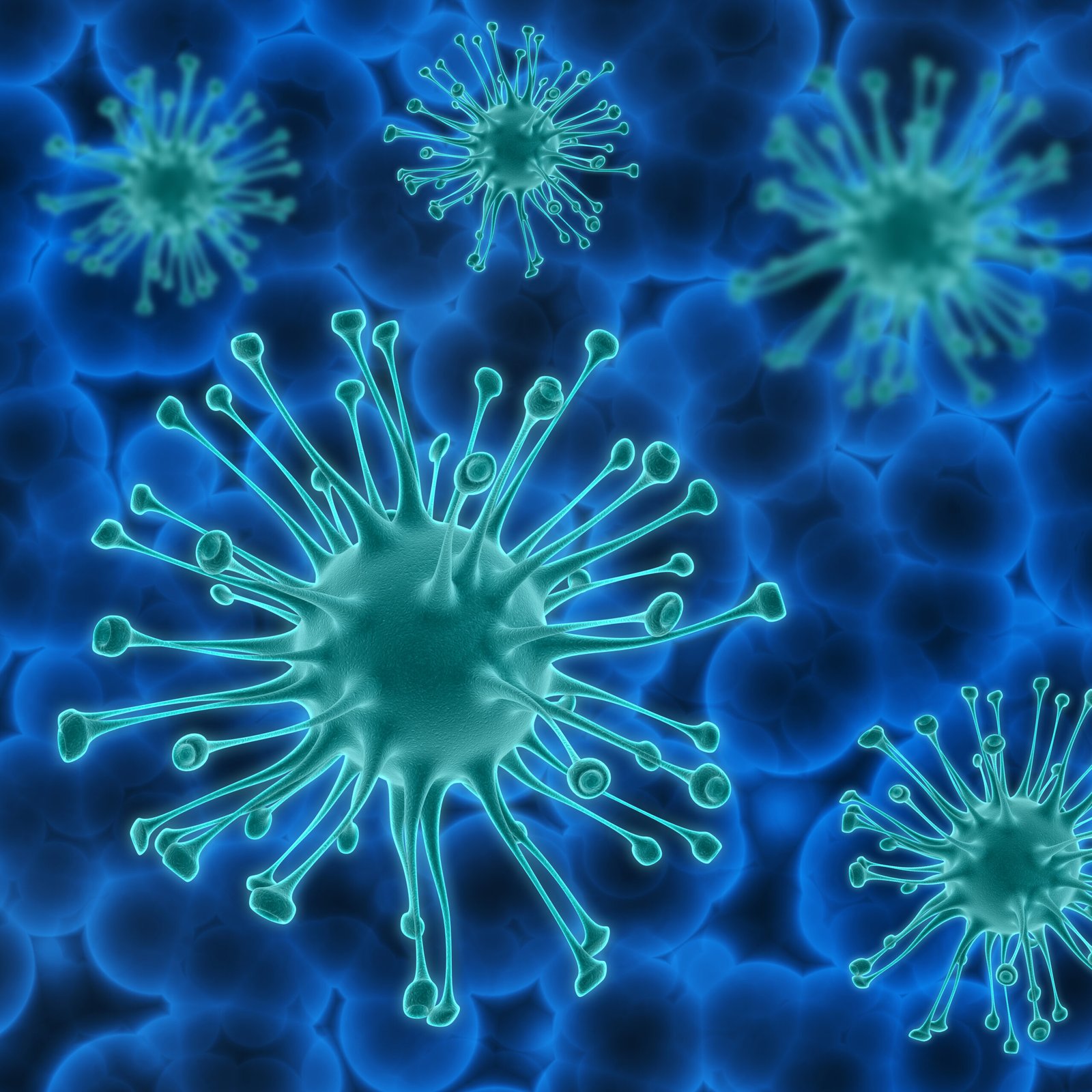1.Introduction to the Issue
Extreme weather events (EWEs) related to climate change are worsening health disparities, especially for people living with HIV (PLWH). These events disrupt HIV prevention, care, and treatment, with severe consequences for vulnerable populations in regions like sub-Saharan Africa. A recent study explored how these weather events impact HIV strategies.
2.How Does Climate Change Affect People Living with HIV?
In sub-Saharan Africa, about 54% of PLWH reside in areas vulnerable to extreme weather, like floods and droughts. Such weather events increase risky behaviors, like having multiple partners or transactional sex, which in turn raise HIV risks. Additionally, these events lead to poorer adherence to HIV treatment and worse clinical outcomes.
3.Challenges in Research and Knowledge
Currently, there is a lack of research on how EWEs directly affect HIV services. Some studies show how droughts impact ART adherence, while others focus on the broader effects of climate change on vulnerable groups and sexual health.
4.Key Findings from the Study
This study reviewed 22 studies on HIV prevention and care during EWEs. The studies focused on how extreme weather influenced behaviors like unprotected sex and how it affected HIV care services like testing, treatment adherence, and retention in care.
The reviewed studies came from 29 countries, including 18 from sub-Saharan Africa. The majority of studies examined droughts and water shortages, with little focus on the impacts of extreme heat, wildfires, or storms, such as hurricanes, on HIV care.
5.The Multi-Level Impact of EWEs on HIV Care
EWEs damage health infrastructure, making it difficult for people to access HIV care or medications. These events also harm mental health, disrupt social support systems, and increase the challenges of maintaining treatment.
6.Increased Risk of HIV Exposure
Climate-related events like droughts or floods can increase HIV exposure. Droughts, for example, reduce condom use and lead to risky behaviors like having multiple sexual partners. These weather events also make it harder for people to access HIV testing, leading to higher risks of infection, especially in rural areas.
7.Poorer Clinical Outcomes Due to Extreme Weather
Extreme weather worsens clinical outcomes for PLWH. Droughts and water shortages can cause dehydration, fatigue, and stress, which lower treatment adherence. These impacts are especially pronounced among women and younger individuals.
8.Exacerbating Inequities
Extreme weather events like wildfires and droughts worsen social and health inequalities. Poor water quality and sanitation increase the spread of diseases, further straining the healthcare system and making it harder for PLWH to stay engaged in care.
9.Recommendations for Addressing the Issue
Interventions like the one conducted in Kenya, where PLWH with small farms received climate-related support, improved food security and mental health. Although clinical outcomes did not improve, this approach helped reduce HIV stigma and boosted community resilience. Similar interventions could be used in both urban and rural areas to mitigate the effects of extreme weather on HIV care.
The study calls for developing climate-resilient strategies to help PLWH, such as longer-lasting ART medications, local HIV care services, and mobile clinics. Nutritional support and policies to help farmers during droughts are also essential. Incorporating climate change awareness into HIV prevention programs will better prepare communities for extreme weather-related challenges.
10.Conclusion and Future Research
The findings highlight the urgent need for strategies to maintain HIV care during extreme weather events. Future research should focus on how HIV services can continue in vulnerable regions, ensuring that climate resilience is built into both prevention and care efforts.
Source:By Dr. Liji Thomas, MD
Reviewed by Benedette Cuffari, M.Sc.
Date:Jan 13 2025




